Lo and behold, everyone, this is the hotly awaited third-generation 2014 Honda Jazz (or Fit in Japan and the US). It heralds a brand new design direction for the Japanese automaker, and is the Jazz’s biggest stylistic departure yet since the original model debuted in 2001. There are huge gains in efficiency too, as first details of the Jazz Hybrid are revealed.
The first-generation Jazz was a masterclass in interior packaging (it debuted the ingenious UltraSeats), but it did so at the expense of exterior design harmony. The egg-shaped design was carried over in a more refined form for the second-generation Jazz, which is now Honda Malaysia’s biggest-selling model in Jazz 1.5 Petrol and Jazz Hybrid forms.
This all-new model eschews much of its predecessors’ styling traits to debut Honda’s new design language dubbed Exciting H Design. The basic shape remains but it has taken a much more aggressive approach, both at the front and rear. The sides too possess dramatic lines and deep creases to appear more sophisticated than ever before.
There’s a stark departure on the inside too. Simplification is the chosen direction here, with most dashboard buttons replaced by touch-based controls. There’s a large touchscreen panel that sits flush on the dashboard where the audio controls used to be, with an intuitive smartphone-like interface. The air-con controls are all new too, now using touch pads.
The dashboard layout follows much of what was shown in the Honda Urban SUV Concept earlier this year, which previews a new Jazz-based crossover that will take on the Nissan Juke and Ford EcoSport, as well as the upcoming Volkswagen Taigun. Production of the future SUV will follow that of the new Jazz, slated to be towards the end of this year or early 2014.
Changes are abound on the hardware front as well, as we now have details of the new Jazz Hybrid model. Headlining figure is its claimed fuel consumption figure of 36.4 km per litre, a 35% improvement over the current model and the best of all hybrid vehicles in Japan (not counting plug-in hybrids – the Honda Accord Plug-in Hybrid does 70.4 km/L).
It’s the first model to be equipped with the SPORT HYBRID Intelligent Dual Clutch Drive (i-DCD) system, Honda’s new lightweight and compact one-motor hybrid technology for small vehicles that replaces the current IMA hybrid system. Part of the Earth Dreams Technology collective, it utilises a new engine, gearbox, built-in high-output electric motor and lithium-ion battery.
It can now run in full EV mode now, making the new model a full hybrid. The engine in question is a four-cylinder 1.5 litre Atkinson cycle motor that is paired to a new seven-speed dual-clutch transmission. That and the new electric motor, IPU (intelligent power unit), electric servo brake system and a fully-electric compressor all work together to achieve the impressive efficiency figures.
So there you go. Brand new looks inside and out, with a thoroughly reworked drivetrain package featuring various new innovations. You can’t say Honda didn’t try hard with the new Jazz now, can you? Tell us what you think of the third-generation Honda Jazz below.
Looking to sell your car? Sell it with Carro.




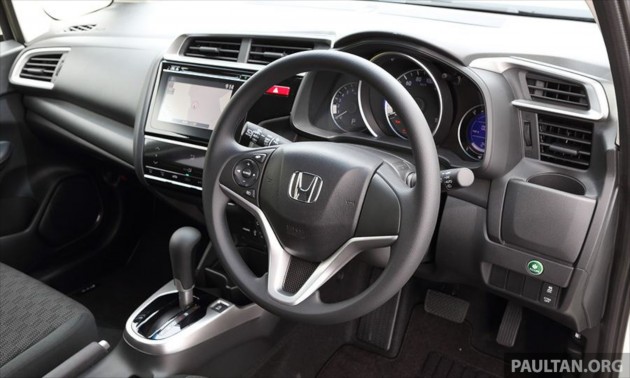
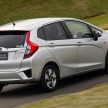
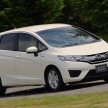
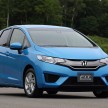
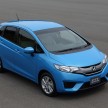
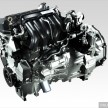
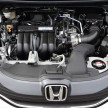
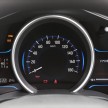
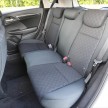
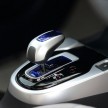
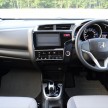
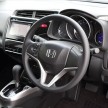
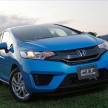
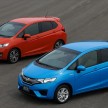
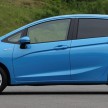
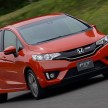
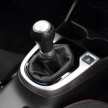
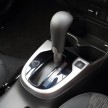
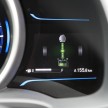
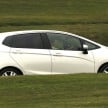
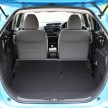
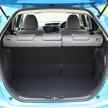
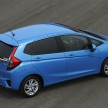
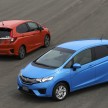
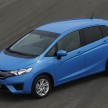
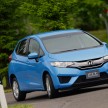
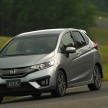
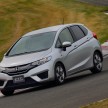
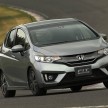
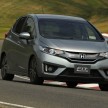
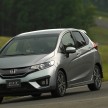
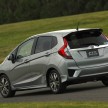
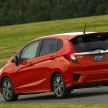
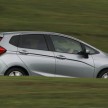
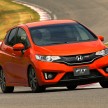
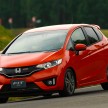



















AI-generated Summary ✨
Comments on the blog post about the third-generation Honda Jazz mainly express excitement and optimism about the new design, technology, and features, such as the hybrid system with DSG transmission and updated styling. Some appreciate Honda’s move towards more aggressive and modern aesthetics, with comparisons to other SUVs and premium vehicles, while others share concerns about the design’s attractiveness and details like the rear bumper. Enthusiasts are eager for its arrival in Malaysia, expecting competitive pricing and good value. There’s also discussion about the hybrid technology's reliability and how it compares to Toyota's proven systems. Overall, sentiments are positive, highlighting Honda’s innovation and the potential of this model to reinvigorate the Jazz’s reputation, despite some mixed opinions on styling and implementation.